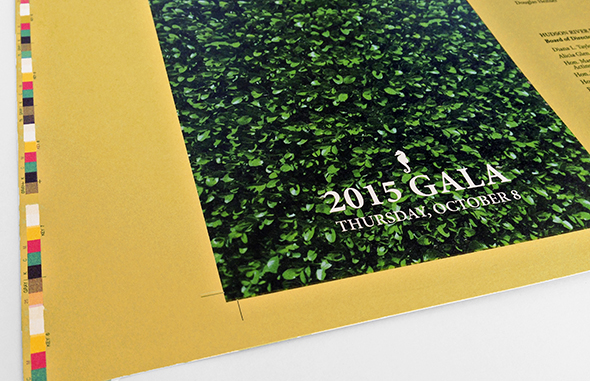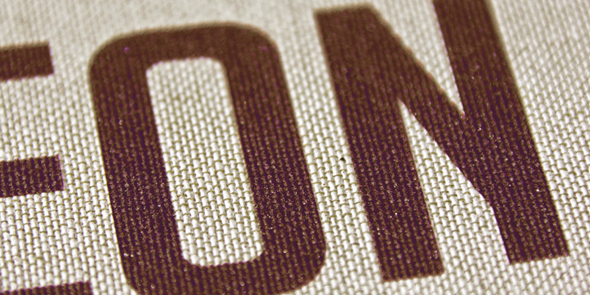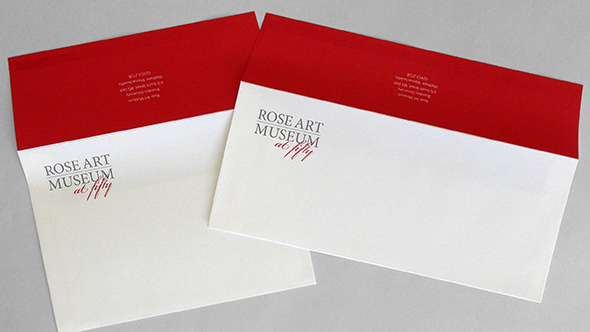Miscellaneous
Ask questions & review technical information
January 9, 2015
Stochastic printing
We are now using both 10 and 20 micron stochastic screens for selected projects. Stochastic screens use very small randomly distributed halftone dots to create the desired ink density. Whereas our conventional halftone screen is 250 lines per inch, 20 and 10 micron stochastic screen are roughly equal to 450 and 600 lpi.
The finer dot size makes stochastic the best solution for duotone, tritone, or quadtone photo reproduction; or art with neutral cmyk builds. The process is very stable throughout a print run; sharpness and detail are enhanced significantly.
Other benefits are: no possibility of moiré pattern (so long as the original photo has no moiré); a wider color gamut; increased shadow detail; and cleaner reverse type.
On the other hand, poor photographs may look worse than expected; and flesh tones may look splotchy if the original photographs are not good. Stochastic printing is not as sensitive to on-press changes as conventional printing; if you are coming on press and expect to make color adjustments then conventional halftone screens are best.
Please let your sales rep know if you would like to see samples or are interested in using stochastic screening for your next project.
Categories: Miscellaneous , Print Talk



